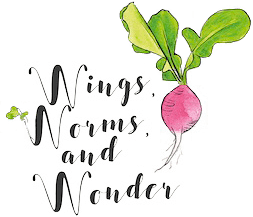Category: Nature Journaling, Wonder Wednesday
Across North America ice, snow, and freezing temperatures abound. Let’s round out Black History Month by looking at some of the top Black Climate Scientists out there making big waves – and by learning to draw some icicles!
And since we can finally officially celebrate the re-admittance of the US back into the Paris Agreement (:D!!), before we draw, let’s learn more about climate science!
This Wonder Wednesday let’s check out some amazing humans out there who’ve dedicated their lives work to keeping planet Earth healthy for generations to come!
Dr. Ayana Johnson
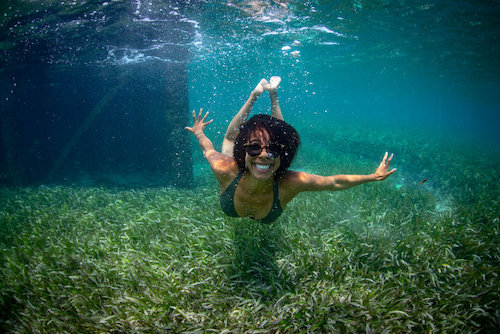
Dr. Ayana E. Johnson is a marine biologist, policy expert, and writer. Find Dr. Johnson at the nexus of science, policy, and communication, building community around climate solutions – or underwater!
She is the founder of Ocean Collectiv a firm for conservation solutions grounded in social justice and the Urban Ocean Lab which works to protect and prepare costal cities for climate change and co-created an ocean climate policy roadmap.
George Washington Carver
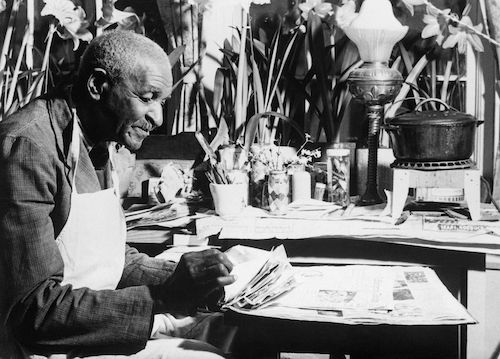
George Washington Carver was born to an enslaved mother in the mid 1800s. Despite his challenging early life, he sought out every opportunity available to him. George soared through his studies. Carver was an agricultural scientist, inventor, professor, and artist.
Carver is one of America’s greatest scientists. He worked hard to improve the life of farmers through crops like peanuts and sweet potatoes. And he is my favorite farmer of all time!
Danni Washington
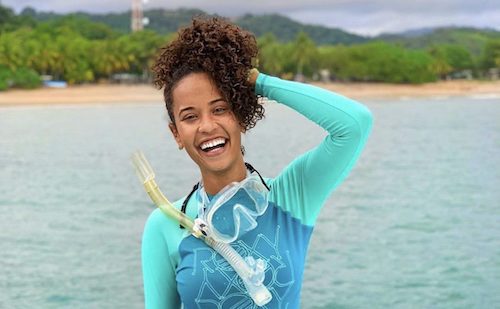
Danni Washington is an activist, artist, marine scientist and biologist who teaches how the biology of our world helps inspire innovative designs and discoveries – like biomimicry!
She also founded the organizations Big Blue & You and Sea Youth Rise Up to encourage young people to get involved in oceanography and marine biology.
Ibrahim Abdul Matin
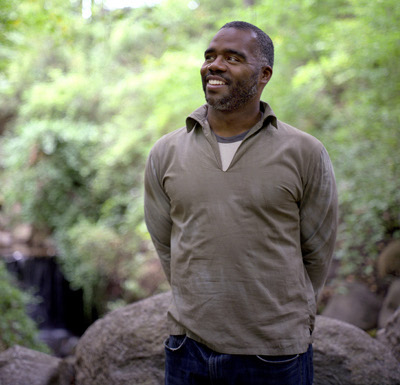
Ibrahim Abdul-Matin is an expert in environmental sustainability. He sees himself as a “steward for the Earth” and protecting the planet as his duty.
Ibrahim works to help people understand the best ways to translate complex community decisions related to the cost, impacts, and benefits of environmental policy. He is the founder of Green Squash Consulting a firm committed to equity and justice.
Wonder Wednesday 103:
Draw Icicles in 3 Easy Steps.
As we enter the 25th solar cycle’s solar minimum, the Earth’s surface temperatures will cool slightly. (Did you read the last post about the solar cycles? If not check out the link below in Seeds to Sprout!)
This weather variation doesn’t mean that that global warming isn’t happening. Weather science is different than climate science. As defined by NOAA:
“Weather reflects short-term conditions of the atmosphere while climate is the average daily weather for an extended period of time at a certain location. … Weather can change from minute-to-minute, hour-to-hour, day-to-day, and season-to-season. Climate, is the average of weather over time and space.” (NOAA)
Icicles are as fun to draw hanging off things as they are to break off and eat in real life!
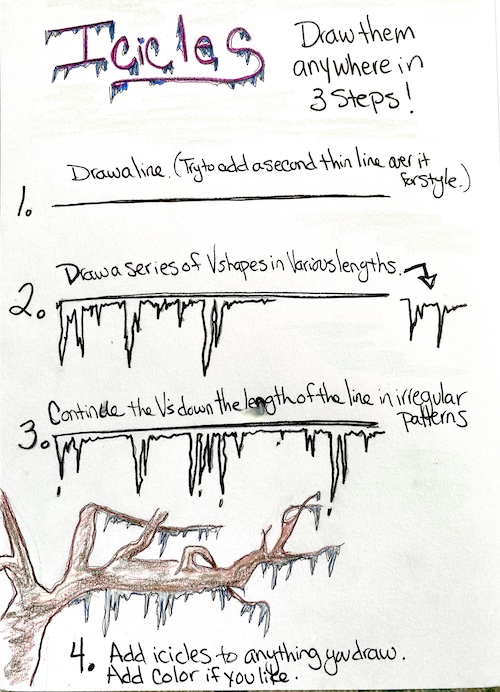
Materials
Pencil
Paper
Optional: Pens and color pencils
Procedure
- Draw a line. I like to first draw the main line. Then I draw a thinner line or 2 that slightly weaves over and under the first. This gives style, interest, and depth to the single primary line.
- Along the length of the line, draw V shapes in various lengths and widths. Varying the lengths makes the icicles look natural.
- Continue the length of the line and group them together in clusters and irregular patterns like they would hang from a roofline.
- Add color, pen outlines if you like.
Extension
Winter or summer, draw icicles onto any and every thing you like!
Seeds to Sprout
Try your hand at cutting some very unique paper snowflakes to keep up the wintery cheer!
Click here to check out more about these scientists and many more!
